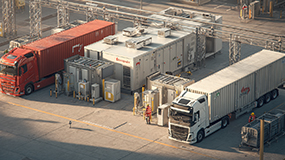 2025 Megawatt Charging System (MCS) Guide for Heavy-Duty EVs
2025 Megawatt Charging System (MCS) Guide for Heavy-Duty EVs
Sep 01, 2025
Megawatt Charging System (MCS) is the emerging DC fast-charging standard for heavy-duty electric vehicles. It combines kilovolt-level voltage, kiloamp-level current and liquid-cooled hardware so a single stop of around half an hour can add hundreds of kilometers of range for long-haul trucks and coaches.
What MCS is
MCS is a high-power DC charging architecture designed specifically for heavy-duty EVs such as long-haul trucks, tractors, yard tractors and intercity coaches. Current system targets talk about a voltage window extending up to roughly 1,250 V and current capability on the order of 3,000 A. Under favorable conditions this enables peak power well into the megawatt range, with public pilots already showing around 1 MW sessions on prototype trucks.
Unlike car fast charging, MCS is not meant for occasional road-trip use. It is built for vehicles that move heavy loads every working day and need to turn legally required rest breaks into real refueling opportunities.
Why the industry needs it now
Driver hours and safety rules already create natural windows for charging:
·In the EU, drivers must take a 45-minute break after 4.5 hours of driving.
·In the U.S., a 30-minute break is required after up to 8 hours of driving.
For diesel fleets, those breaks are often used for coffee, paperwork and sometimes a refuel. For heavy-duty EVs, the same breaks need to move enough energy to keep freight schedules, coach timetables and depot operations intact. MCS aims to make those mandated pauses long enough, and powerful enough, that fleets do not need to add extra stops or extend routes.
How it works
Power and energy
Power is the product of voltage and current. At 1,000 kW, a 30-minute session delivers about 500 kWh of gross energy.
Today’s long-haul e-trucks often carry installed packs in the 540–600+ kWh range. A working example is a 600 kWh usable pack:
·A 20–80% top-up corresponds to about 360 kWh delivered to the battery.
·If around 500 kWh is drawn from the charger and roughly 92% of that reaches the pack, usable energy would be close to 460 kWh.
·For heavy trucks demonstrated around 1.1 kWh/km (about 1.77 kWh/mi), that stop can restore on the order of 420 km (roughly 260 miles) of range, assuming good conditions and a compatible charge curve.
The exact numbers will vary with pack size, temperature, route profile and OEM strategies, but the scale is clear: MCS is meant to turn one rest break into a meaningful chunk of a full day’s route.
Hardware and thermal management
Sustaining kiloamp currents through a hand-held connector is only practical with liquid-cooled cable assemblies and careful temperature control. Modern MCS-class designs embed sensors such as PT1000-class RTDs in the cable and contacts so local temperature is monitored in real time. This allows control systems to limit current before insulation, seals or surfaces get too hot for repeated manual operation.
As a connector-focused R&D and manufacturing partner, Workersbee applies this experience from high-current DC connector programs to the MCS domain, with particular focus on liquid-cooled operation, contact geometry and maintainable cable design.
Communication and control
MCS uses higher-bandwidth communication links between vehicle and charger than early DC systems. These links authenticate the session, negotiate voltage and current, manage pre-conditioning, exchange metering data and carry rich status information for fleet back-office systems. For commercial operations, the link is not just about “start” and “stop”: it also feeds utilization dashboards, billing systems and predictive maintenance tools.
Standards and interoperability
Megawatt Charging System is being defined as a complete ecosystem rather than as a single plug. Standards work covers the whole chain from the point of grid connection to the vehicle inlet. System-level documents describe how high-power DC equipment should behave, how protection and monitoring work and how different building blocks fit together.
Additional standards focus on the connector and inlet geometry, current-carrying parts and cooling concepts, while vehicle-side documents describe how trucks and buses should operate across the full voltage and current window. A separate communication stack defines how chargers and vehicles authenticate, negotiate power, exchange metering data and support advanced services such as cybersecurity and smart charging.
MCS standard status 2024–2025 and SAE J3271
Over the last few years, MCS standardization has moved from early concept work into concrete technical documents. Industry working groups first aligned on the MCS connector outline, pin layout and high-level power envelope, supported by multi-partner test events on prototype trucks and dispensers. Those efforts created a reference design that many connector and inlet manufacturers now use as a starting point.
Building on this, standards organizations are publishing formal documents that describe MCS as a complete high-power DC charging system. In North America, the SAE J3271 family focuses on megawatt-class heavy-duty charging from the grid connection point to the vehicle inlet. It defines requirements for couplers, cables, cooling, communication, interoperability and safety so that a truck and a charger from different suppliers can work together without custom engineering. In parallel, international system standards and communication standards are being updated to cover MCS power levels and data needs.
For fleets, charge point operators and depot planners in 2024–2025, this status has three practical implications.
First, the basic connector geometry and voltage/current window are stable enough to design around, so pilot sites and early vehicles do not need to be completely reworked later.
Second, system-level documents give project teams a common language for specifying equipment, writing tenders and planning interoperability tests.
Third, some testing procedures and certification details are still evolving, so early projects should assume that firmware and backend software will need periodic updates as standards mature and field experience accumulates.
Milestones and progress
Public projects and lab work have already demonstrated megawatt-class MCS charging on heavy-duty prototypes. Test campaigns use multi-point temperature measurements and aggressive duty cycles to verify that cables, connectors and inlets can safely handle repeated high-current sessions in realistic conditions. Heavy-duty EV programs are starting to list 20–80% charging in roughly 30 minutes at MCS power levels as a design objective, tying vehicle integration directly to what infrastructure can deliver.
At the same time, interoperability events bring together vehicles, chargers, connectors and backend systems from different suppliers. These events help uncover edge cases in communication, fault handling and billing long before large-scale commercial deployment. Each round of testing feeds back into standards, implementation guides and vendor roadmaps, so that the next generation of hardware and software is more robust. For buyers, these milestones signal that MCS is transitioning from concept and pilots toward real deployments, while still leaving room for lessons learned and incremental improvements.
Where MCS lands first
The earliest and strongest use cases for MCS appear where energy demand per vehicle is high and downtime is expensive:
·Freight corridors where each 30–45-minute stop needs to add hundreds of kilometers of range
·Intercity coach hubs with fast turnarounds and reserved stands
·Ports and logistics terminals where tractors and yard trucks cycle large packs day after day
·Mines, construction sites and other heavy-duty cycles that keep vehicles busy for long shifts with limited breaks
In each of these environments, megawatt-class charging gives operators another lever alongside route planning, battery sizing and depot infrastructure.
What makes MCS different from car fast charging
Even though a car DC fast charger and an MCS dispenser both look like a cabinet and a cable, the engineering behind them is very different.
Comparison overview
Aspect
Car DC fast charging
Megawatt Charging System (MCS)
Typical vehicle
Passenger cars and light vans
Heavy trucks, tractors, buses, specialty heavy EVs
Typical power range
~50–350 kW
~750 kW to 1 MW and above
Duty cycle
Occasional road trips
Daily, high-energy freight and coach operations
Typical stop pattern
Irregular, driver-chosen
Tied to regulated rest breaks and route schedules
Cooling approach
Air-cooled or modest liquid cooling
Liquid-cooled high-current cables and couplers
Connector handling
Light cable, smaller handle
Heavier assembly with ergonomics designed for scale
Scale and duty cycle
Passenger EVs may see a handful of DC fast-charging sessions per month. Long-haul trucks, by contrast, can lean on MCS stops every working day, often multiple times per shift. That duty cycle shapes everything from contact plating and cable jacket selection to spare parts stocking and service procedures.
Connector, cooling and ergonomics
MCS couplers must move much more current while staying usable for drivers wearing gloves, working at night or operating in harsh weather. That leads to:
·Liquid-cooled cable cross-sections sized for repeated megawatt-class cycles
·Handle shapes that support a firm two-handed grip without excessive strain
·Inlet positions on vehicles that account for truck geometry, trailer swing and possible future automation
Planning the site and the grid
Capacity and topology
Site planning starts from realistic assumptions about how many vehicles will be charging at once, how long they will stay and how much headroom to leave for growth.
Example A: four-bay MCS site
Suppose a site is designed with four dispensers, each rated at 1 MW:
·Nameplate power: 4 MW
·Expected simultaneity factor: around 0.6 (not all bays at peak at the same time)
·Typical dwell: about 30 minutes per session
With those assumptions, diversified peak power is around 2.4 MW, while the theoretical maximum remains 4 MW. A transformer in the roughly 5 MVA class leaves space for auxiliaries such as lighting, heating, communications and later power modules.
Using a DC bus or modular cabinet architecture, operators can route available power across bays without oversizing every lane to peak conditions. This is especially important if some bays will frequently serve partial top-ups while others see deeper cycles.
Storage and load management
Adding on-site energy storage changes the grid connection requirements. For example, a 1 MWh battery at the site can:
·Shave around 1 MW of demand for about an hour during overlapping peaks
·Allow the grid connection to be sized closer to 2.5–3 MW while still supporting short bursts of higher dispenser power
·Support backup operation during brief grid disturbances
Smart power management software coordinates these resources, smoothing current ramps, pre-conditioning vehicles where OEMs support it and prioritizing trucks that must depart soon.
Civil, thermal and environmental details
Civil and environmental design for MCS sites includes:
·Protecting coolant lines and cable paths from impact and vehicle traffic
·Allowing clear technician access to pumps, filters and heat exchangers
·Specifying ingress protection levels that match dust, moisture and road-grime conditions
·Planning ventilation and, where needed, HVAC for sensitive enclosures
Designers increasingly favor quick-swap subassemblies – handles, cable segments, seals and sensor modules – so that high-wear parts can be replaced without long outages.
Operations and uptime
Operational planning for an MCS site covers more than energy flow:
·Capturing both charger-side and vehicle-side fault codes in a shared log
·Aligning spare parts, service levels and response times with route commitments
·Building interoperability tests into commissioning so issues are resolved before commercial service starts
Every hour of avoidable downtime represents missed freight deliveries and stranded passengers, so uptime measures are part of the business case, not an afterthought.
Safety and compliance highlights
Safety concepts for MCS draw on both DC fast-charging experience and high-power industrial practice. Key elements include:
·Lockout and isolation strategies
·Insulation and leakage monitoring at the system level
·Emergency-stop circuits that cover dispensers, cabinets and upstream equipment
·Controlled management of short-circuit energy and faults
·Temperature supervision for cables and connectors so external surfaces and contacts remain within safe limits
·Ergonomic placement of dispensers and handles so manual coupling stays practical under real-world conditions
Procurement and rollout checklist
For fleets, CPOs and depot operators, that technical background translates into a concrete set of questions when evaluating MCS solutions:
·Vehicle compatibility: Inlet location, voltage window, maximum current and communication profile supported now and via future firmware.
·Power strategy: Dispenser ratings today, maximum power per site later and how power blocks or cabinets can be reconfigured as demand grows.
·Cooling and service: Coolant type, service intervals, fill and purge procedures and which modules are field-replaceable.
·Cyber and billing: Authentication options, tariff structures, secure update paths and metering class for fiscal use.
·Commissioning and quality checks: Interoperability tests with target trucks, controlled thermal and current-ramp tests, and baseline KPIs such as utilization, session efficiency and station availability.
A simple way to think about rollout is to treat the first site as a pilot, but design it so lessons apply to an eventual corridor or regional network.
FAQ
How fast is MCS in day-to-day use?
Public pilot projects around 1 MW have shown roughly 20–80% in about 30 minutes on long-haul prototypes. Actual times depend on pack size, state of charge, temperature and how each OEM shapes its charge curve.
Will passenger cars ever use MCS?
No. Passenger cars will continue to use connectors and power levels tuned to smaller packs and lighter cables. MCS is tailored to the geometry, energy use and duty cycles of heavy vehicles.
Is liquid cooling really necessary?
At megawatt-class current through a hand-held connector, liquid cooling is the practical way to keep cable size, weight and temperature within limits that drivers can handle throughout long shifts.
What is the standards timeline?
System, charger, coupler, vehicle-side and communications documents are being published and updated in step with lab work and field trials. Revisions are expected as fleets roll out larger deployments and share data from real routes.
Workersbee and MCS
Workersbee focuses on the development and manufacturing of EV charging connectors and related components. Building on experience with high-current DC connectors and liquid-cooled cable systems.
Workersbee has started development of a robust MCS connector aimed at high-current, liquid-cooled operation with ergonomic handling and straightforward maintenance. Prototyping and validation are in progress with a target market launch in 2026, so fleets deploying early MCS sites can plan for long-term connector support from a dedicated hardware partner.
Read More

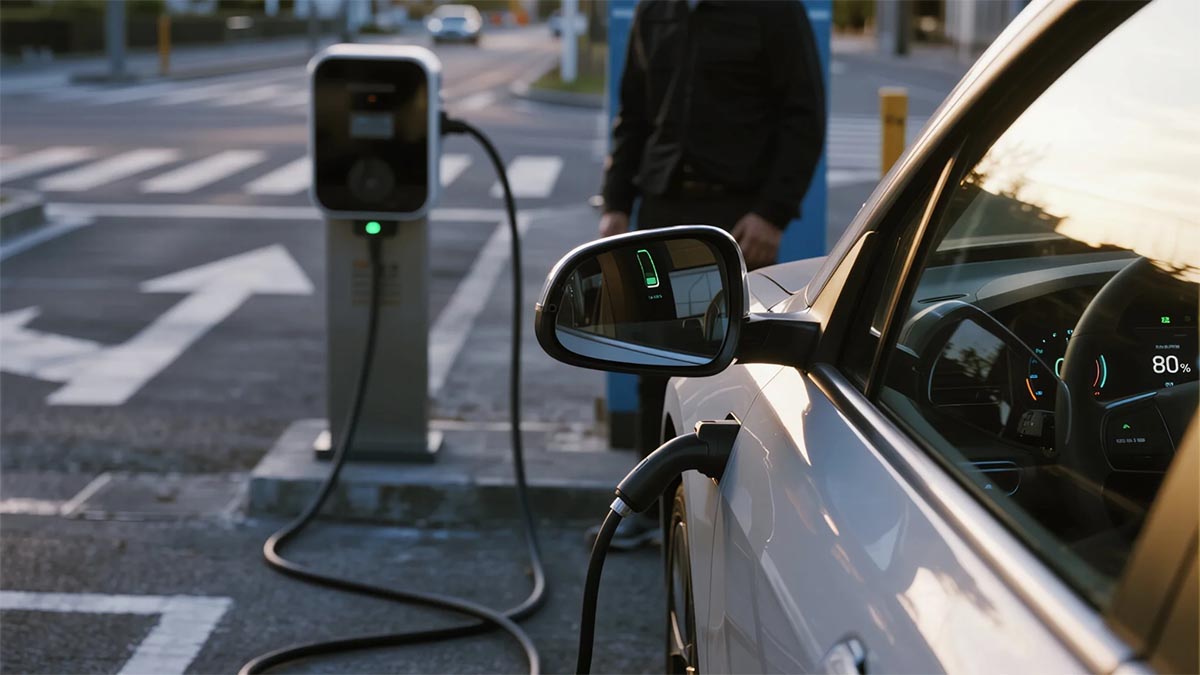 Why EV Charging Slows After 80%
Why EV Charging Slows After 80%
 The Role of ISO 15118 in EV Connector Communication (2025)
The Role of ISO 15118 in EV Connector Communication (2025)
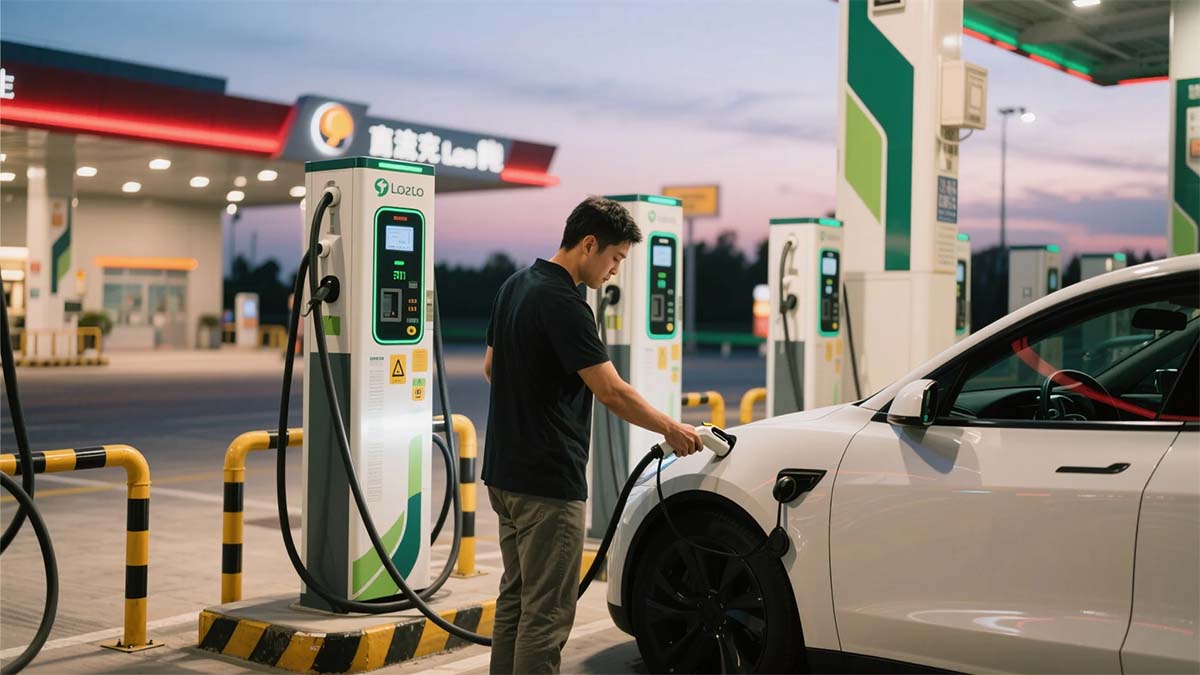 How to Improve EV Charging Speed (2025 Guide)
How to Improve EV Charging Speed (2025 Guide)
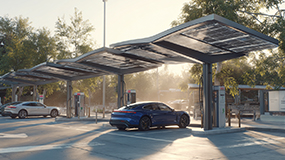 Troubleshooting Common EV Connector Issues
Troubleshooting Common EV Connector Issues
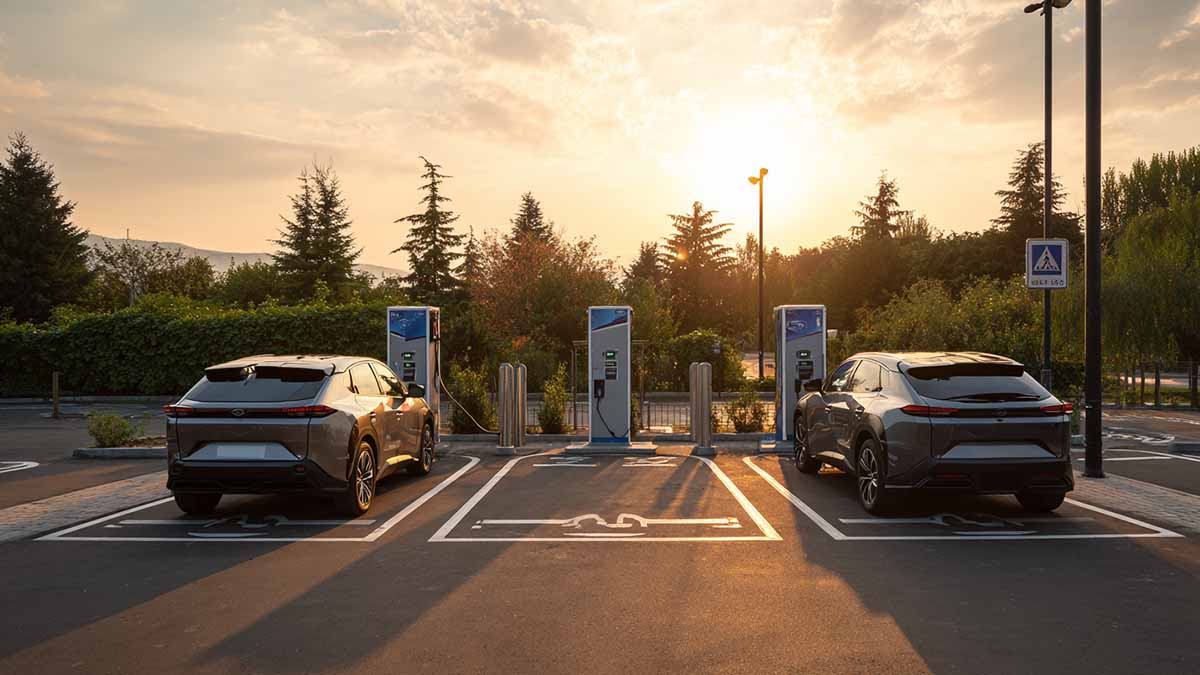 How to Select EV Connectors for Fleet Charging Solutions
How to Select EV Connectors for Fleet Charging Solutions
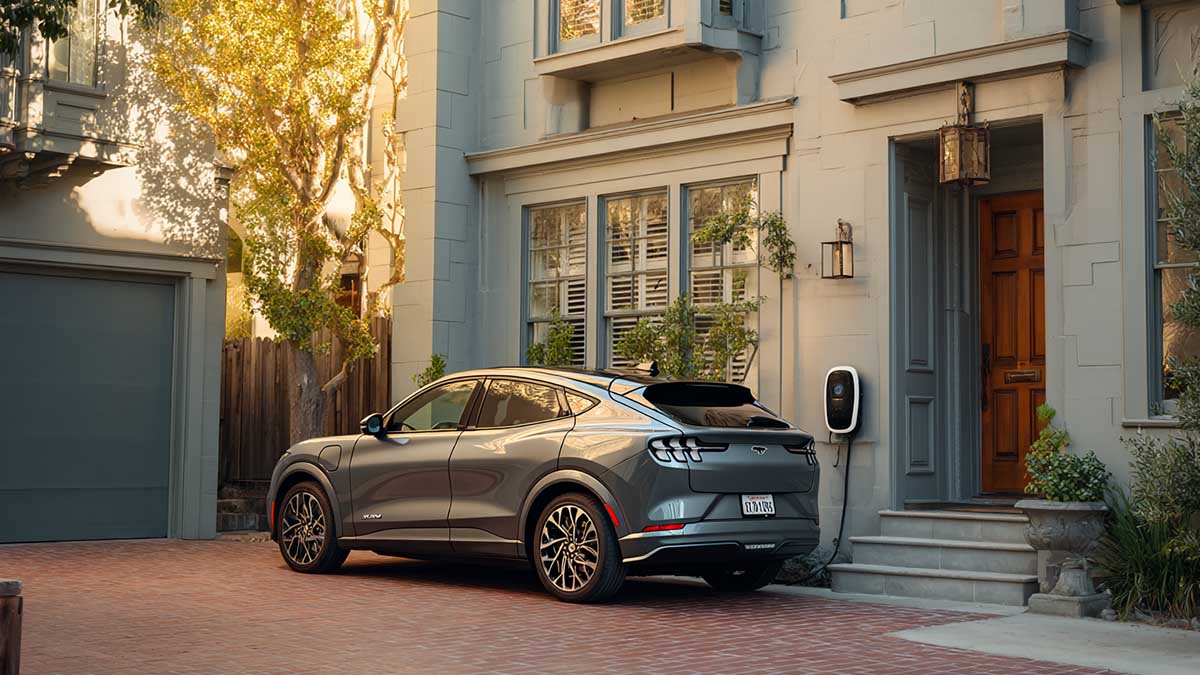 Portable EV Charger Guide 2025: Wall Outlets, Outdoor Use, Safety
Portable EV Charger Guide 2025: Wall Outlets, Outdoor Use, Safety
 2025 Megawatt Charging System (MCS) Guide for Heavy-Duty EVs
2025 Megawatt Charging System (MCS) Guide for Heavy-Duty EVs
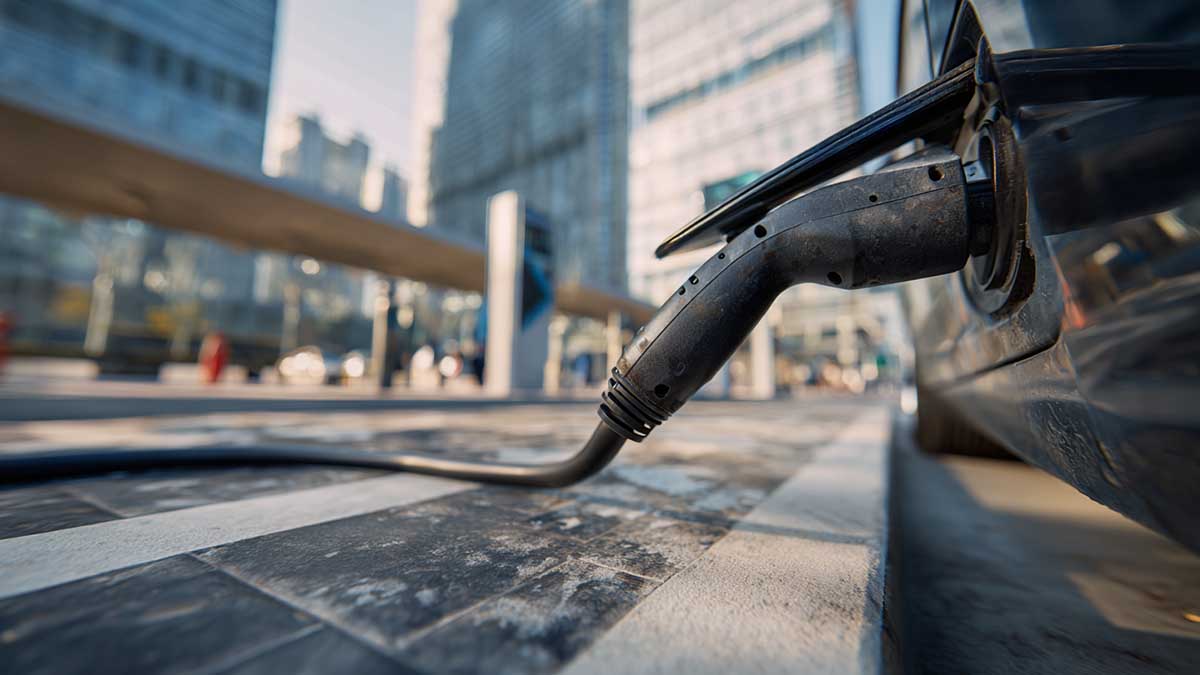 EV Connector Maintenance: How to Maximize Lifespan
EV Connector Maintenance: How to Maximize Lifespan
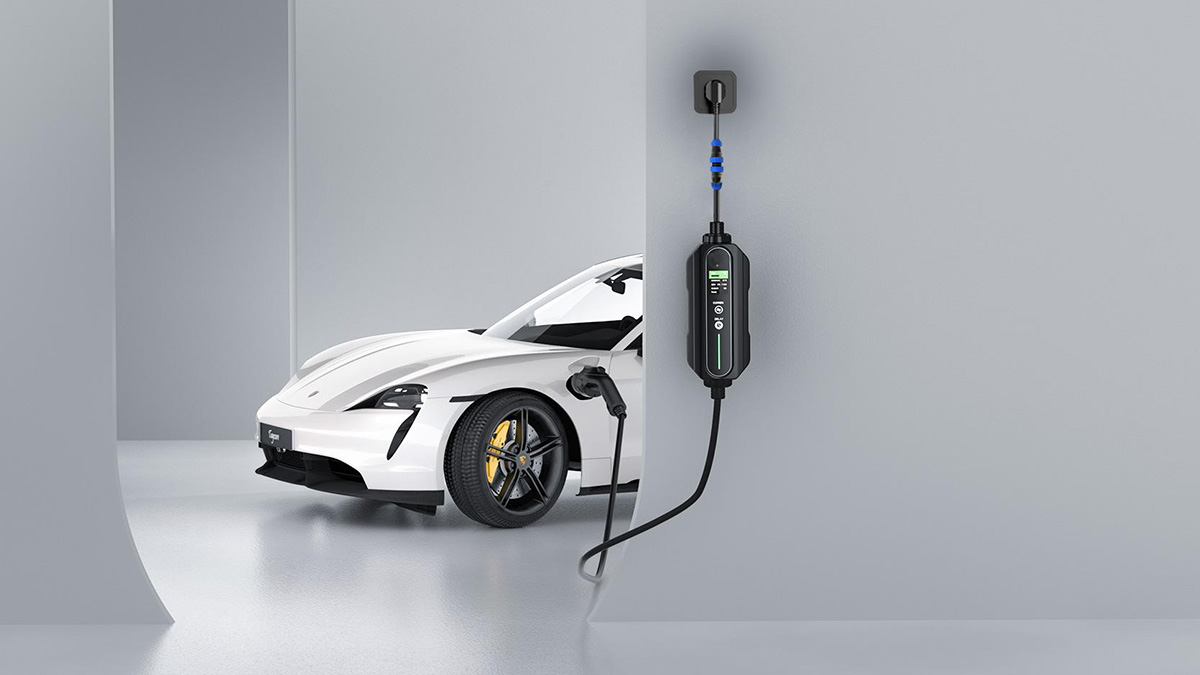 Are Portable EV Chargers Worth It?
Are Portable EV Chargers Worth It?
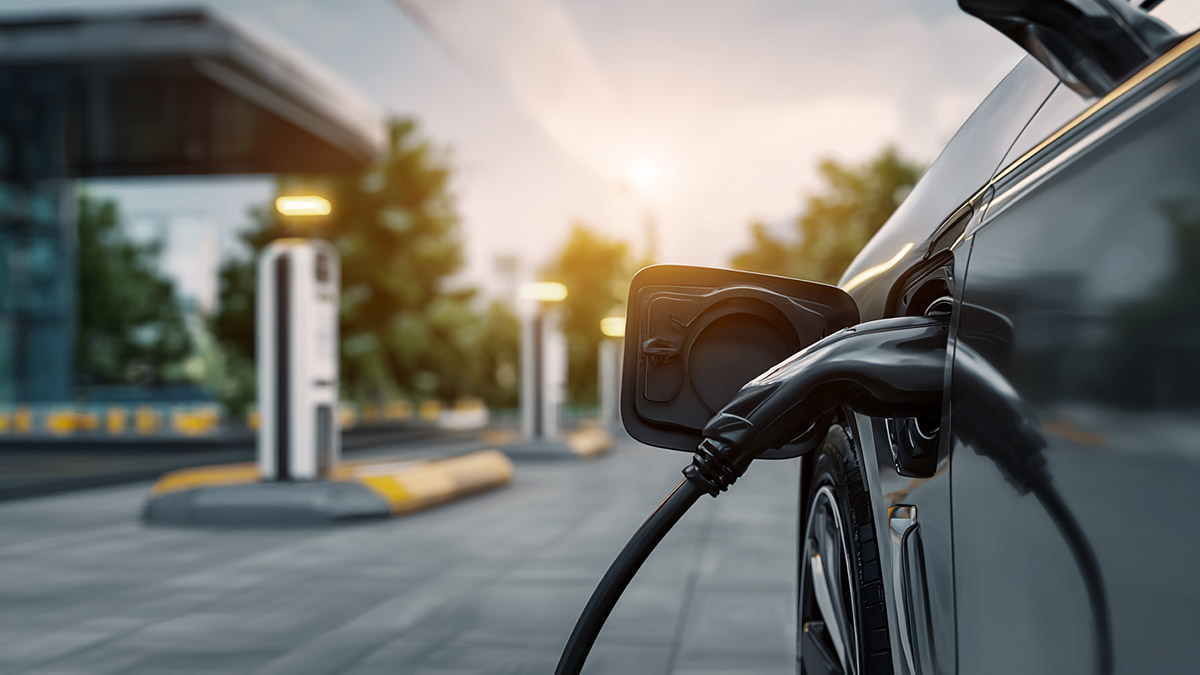 Understanding Contact Resistance in EV Connectors: Why It Matters for Fast Charging Reliability
Understanding Contact Resistance in EV Connectors: Why It Matters for Fast Charging Reliability
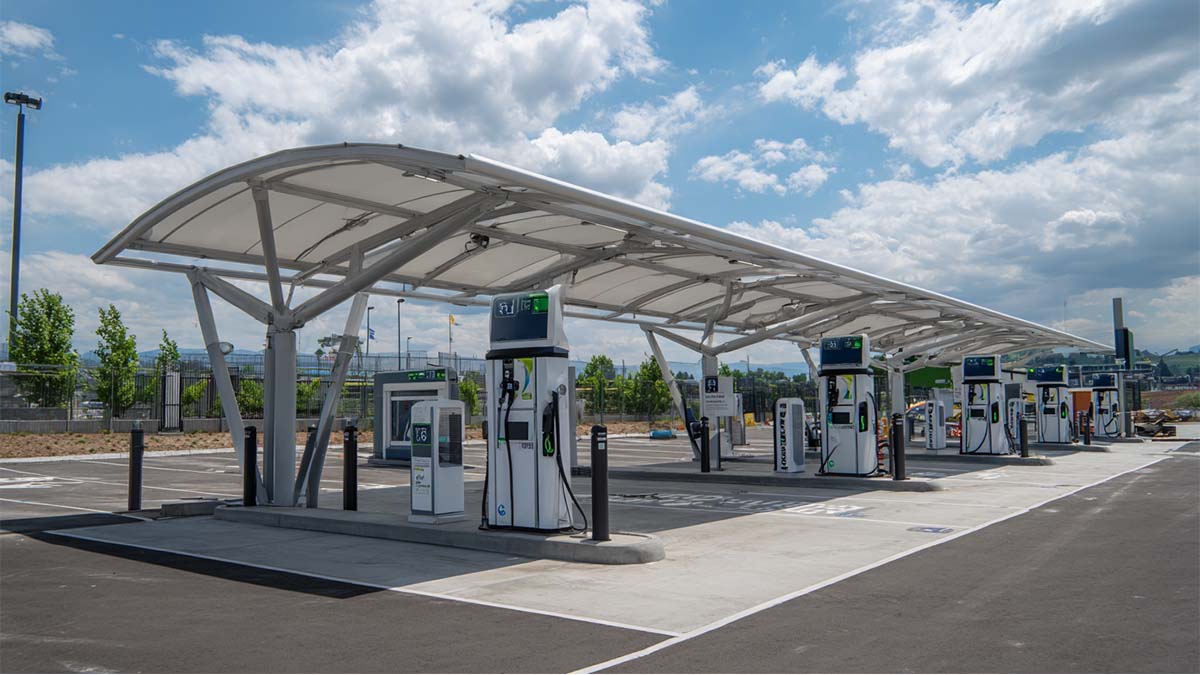 Liquid-Cooled vs Air-Cooled DC Cables: A Practical Guide for Throughput & TCO
Liquid-Cooled vs Air-Cooled DC Cables: A Practical Guide for Throughput & TCO
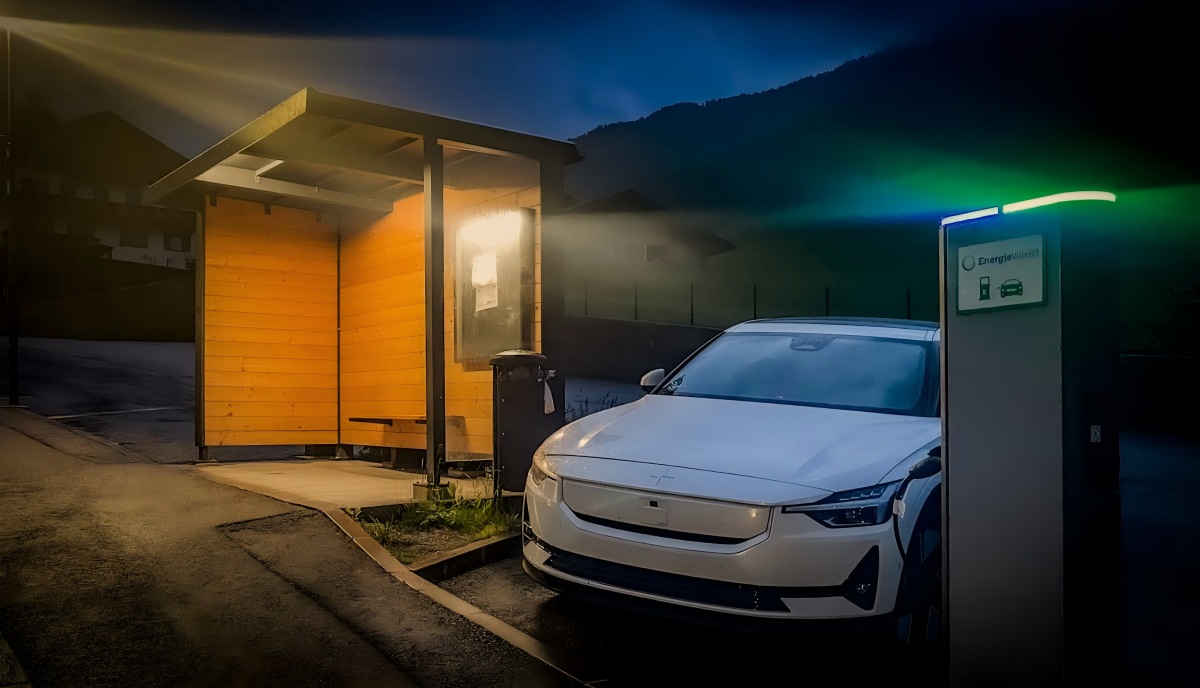 CCS1 to NACS and beyond: what EV connector specs should operators choose in 2025?
CCS1 to NACS and beyond: what EV connector specs should operators choose in 2025?